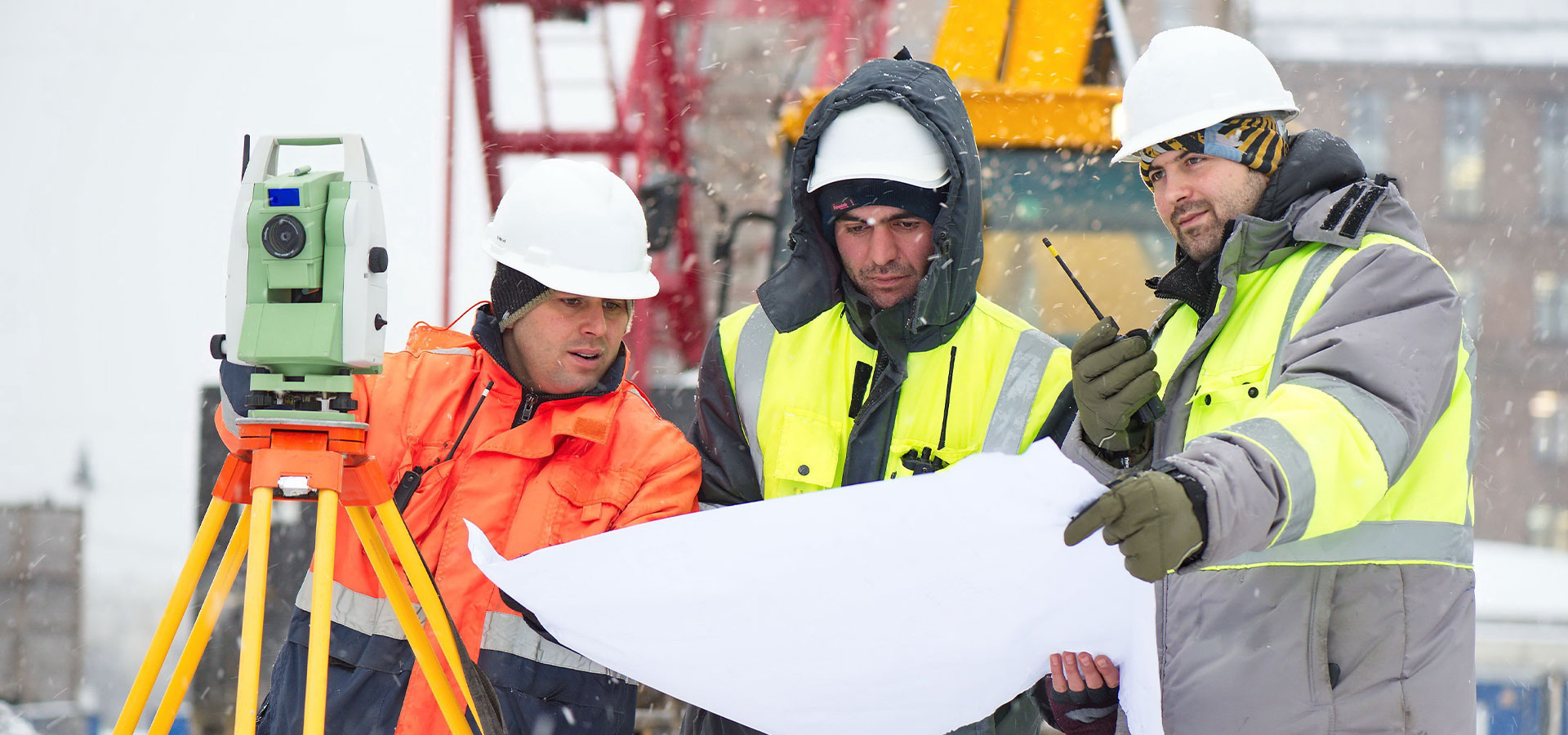Working in cold environments, especially in construction, can be challenging and potentially hazardous. Exposing yourself to extreme cold can lead to various health issues, including frostbite, hypothermia, and reduced dexterity. However, with the right Personal Protective Equipment (PPE) and knowledge, you can stay warm and safe while working in these conditions. In this article, we’ll explore the importance of PPE and how it can make a significant difference in ensuring your well-being and productivity in the construction industry during cold weather.
The Dangers of Working in Cold Environments
Before delving into the importance of PPE, it’s crucial to understand the potential dangers associated with working in cold environments. Exposure to cold temperatures can have a range of adverse effects on the human body:
Frostbite: Prolonged exposure to cold can cause skin and underlying tissues to freeze, resulting in frostbite. This condition can lead to tissue damage and even amputation if left untreated.
Hypothermia: When your body loses heat faster than it can produce it, your core temperature drops, leading to hypothermia. Symptoms include shivering, confusion, and weakness and, in severe cases, it can be life-threatening.
Reduced Dexterity: Cold weather can reduce the dexterity of your fingers and hands, making it difficult to handle tools and equipment safely.
Decreased Productivity: Cold working conditions can reduce productivity as discomfort and the need for frequent breaks can slow down the work process.
The Role of PPE
Personal Protective Equipment plays a crucial role in mitigating the risks associated with working in cold environments. By providing the right PPE, employers can ensure that their workers are protected from the cold while maintaining productivity. Here are some key items of PPE that can help in construction:
Insulated Clothing: Proper insulated clothing is essential for retaining body heat. Layering with thermal shirts, insulated pants, and waterproof outer layers can create a barrier against the cold and keep you warm.
Insulated Boots: Insulated, waterproof boots with good traction are vital for keeping your feet warm and dry. Cold, wet feet can lead to frostbite and discomfort, affecting your ability to work efficiently.
Gloves: Thermal, waterproof gloves are essential for protecting your hands from the cold and allowing you to maintain dexterity when handling tools and materials.
Headgear: Wearing insulated hats, balaclavas, or hoods can help keep your head and ears warm, preventing heat loss and reducing the risk of frostbite.
Eye Protection: Goggles or safety glasses with anti-fog properties can protect your eyes from the cold and any flying debris while working.
Face Masks: In extremely cold conditions, face masks can protect your face from frostbite, especially in windy environments.
Heat Packs: Disposable heat packs can be placed in gloves, boots, or pockets to provide additional warmth.
Training and Awareness
In addition to providing the right PPE, employers should also ensure that workers are well-trained in recognizing the symptoms of cold-related illnesses and understand the importance of taking breaks to warm up. Encouraging workers to communicate any discomfort or symptoms promptly is crucial to maintaining safety and well-being on the construction site.
Conclusion
Working in cold environments in construction is not without its challenges, but with the right PPE and proper training, these challenges can be effectively addressed. Personal Protective Equipment, such as insulated clothing, gloves, boots, and headgear, is crucial for keeping workers warm and safe while ensuring their productivity. By investing in the well-being of their workforce and promoting awareness and safety measures, construction companies can create a safer, more comfortable working environment during cold weather, ultimately benefiting both their employees and the success of their projects.
Sign up to boost your awareness with our Cold Stress course today!
